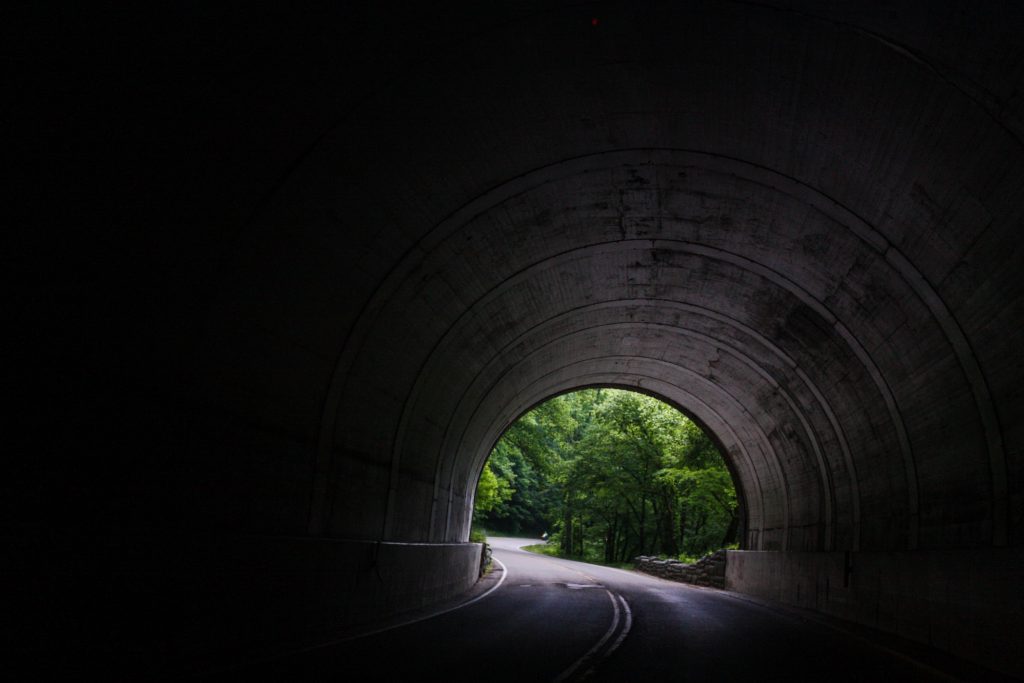
Bankruptcy is not the end of the world. On the contrary, it’s a tool that society has adopted to encourage risk-taking and to give a second chance to those who are drowning in debt. If you’re struggling financially, a consumer proposal or personal bankruptcy can be a way to avoid poverty. Pierre Leblanc, the CEO of debts.ca, explains how these mechanisms, which can help you deal with your debt problems, work. To learn all about credit scores in Canada, check out this article.
Personal bankruptcy
You've probably heard of this before, but do you know what personal bankruptcy really is? According to Leblanc, by giving you the right to go bankrupt, the objective of the law is to allow honest people to be able to start from scratch. Indeed, over time, many people are unable to pay their debts, which is usually due to a drop in income, loss of employment, illness or simply over-indebtedness.
Personal bankruptcy is therefore a way to get rid of your debts and stop harassment from your creditors. For creditors, it means that someone is going to seize all your seizable assets and distribute them fairly.
There are limits, however. In fact, some debts are however considered as non-dischargeable. This is particularly the case for debts related to spousal support, fines and tickets, and for education (if bankruptcy is declared within 7 years after the end of your studies), and fraudulent debts of all kinds. For more information, you can consult the exact list of non-dischargeable debts or contact a licensed insolvency trustee.
A Licensed Insolvency Trustee
So what is a Licensed Insolvency Trustee? In Canada, a Licensed Insolvency Trustee is the only organization authorized to manage a bankruptcy or a consumer proposal. It must comply with a strict code of ethics and its work is subject to frequent inspections. Most importantly, the Licensed Insolvency Trustee’s fees are established by law, in order to protect you.
Leblanc encourages Canadians going through financial difficulty not to hesitate to contact a licensed insolvency trustee. He has noticed that many people contemplate for several months before contacting one. “This is several months of stress and annoyance,” he says. “After the first meeting, clients are generally relieved”.
The repercussions of a personal bankruptcy
In reality, a personal bankruptcy has very little repercussions on your daily life. It's a very private event, out of the sight of your employer, friends, neighbours and even, if you wish, your spouse.
The repercussions on your creditworthiness
As a general rule, your credit rating will be affected for 6 years after your first bankruptcy, and 14 years after your second. For six years, your credit report will show an “R9” rating (which is the worst rating) to tell creditors that you have declared bankruptcy, which will also impact your credit score.
This will make it harder to get a loan or borrow money during this time, although you might still get a credit card intended for those who want to rebuild their credit. However, Leblanc indicates that many who have gone bankrupt quickly rebuild their credit rating thanks to good habits. Either way, it's probably a good time to be careful not to spend more than what you earn.
The Impact on Your Property
You might lose some property in the process, but you are literally not going to lose your shirt. You will be able to keep your primary residence, your personal items (such as your shirt and your furniture) and any work tools necessary for your profession (such as a computer, or even a car).
The money you have saved for retirement, such as a pension, an RRSP or a RRIF, is protected. So are your life insurance policies. However, contributions made to an RRSP account in the previous 12 months can be seized. This is to prevent people from using this protection too easily in order to avoid paying their debts.
The cost of personal bankruptcy
Still, Leblanc reminds us that bankruptcy is not free. Its cost depends on your financial situation and your ability to pay. Once it is filed, you’ll have to pay administration fees and make monthly payments for the duration of your bankruptcy. In general, it takes around 9 months for a first bankruptcy, but this period can extend up to 36 months.
Depending on your monthly income, you may need to make “excess income” payments to your Licensed Insolvency Trustee. In fact, if your income exceeds the level established by the Office of the Superintendent of Bankruptcy, 50% of any income exceeding this standard must be paid to the trustee.
Leblanc tells us that in reality, very few people cannot afford to go bankrupt, and that in general, its cost is a reasonable amount depending on your personal situation.
When to file for bankruptcy
In Canada, personal bankruptcy is permitted if your debts are greater than or equal to $1000. Leblanc believes, however, that this law is quite old and that in reality very few people go bankrupt for such a small debt. Although he's seen people go bankrupt for $5000 before, he estimates that the vast majority of bankruptcies are between $15,000 and $30,000 in debt.
If you cannot make your payments and your debts exceed the amount of your assets, then personal bankruptcy could be a solution.
The consumer proposal
If you’re in a bad financial position, you should know that there are alternatives to bankruptcy. In particular, a consumer proposal allows you to negotiate a reduction in your debts and to spread the payment over several years. The monthly payment will be calculated according to your personal situation and your debts can usually be reduced by up to 70%.
As with personal bankruptcy, payments owed to creditors, foreclosures and lawsuits will be stayed. However, with the consumer proposal, all of your assets are protected and your credit rating will be a little less damaged. This option is reserved for individuals whose debts do not exceed $250,000.
Using these mechanisms to regain wealth
It’s difficult to talk about wealth when you are over-indebted. However, personal bankruptcy and the consumer proposal help individuals experiencing financial difficulties to start from scratch, without ruining their future. In fact, if there’s only one thing to remember, it’s that these solutions enable you to repay your debts without having to dip into your RRSP or your pension fund.
You will surely go through a delicate period, but your future is not compromised. While you shouldn't take the loss of access to credit lightly, bankruptcy helps those who’ve gone bankrupt to start over and get back to accumulating wealth.
Bankruptcy and insolvency are quite complex subjects. Licensed Insolvency Trustees generally offer a free, no-obligation initial consultation to alleviate your concerns.
If you liked this article, you’ll definitely like Hardbacon’s mobile app, which links to your banking and investing accounts, helps you plan your financial goals, budget, and invest better. The basic version of the app is free, but you can do more with Hardbacon Premium. As a loyal reader of our blog, you can get 10% off any Hardbacon Premium subscription. To take advantage of this promotion, use promo code BLOG10 when subscribing through our website.




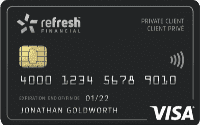
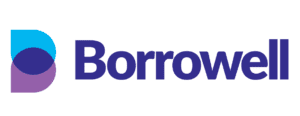
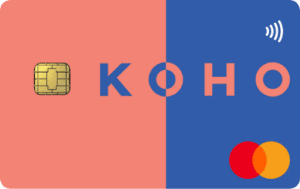
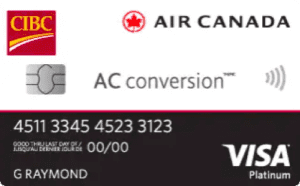




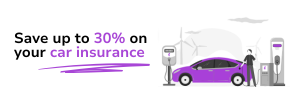

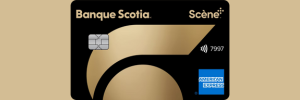

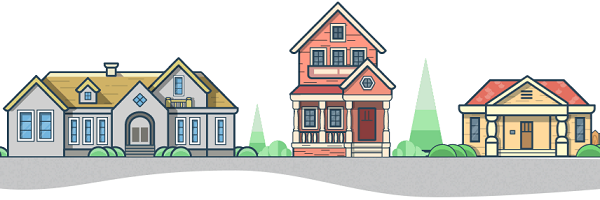

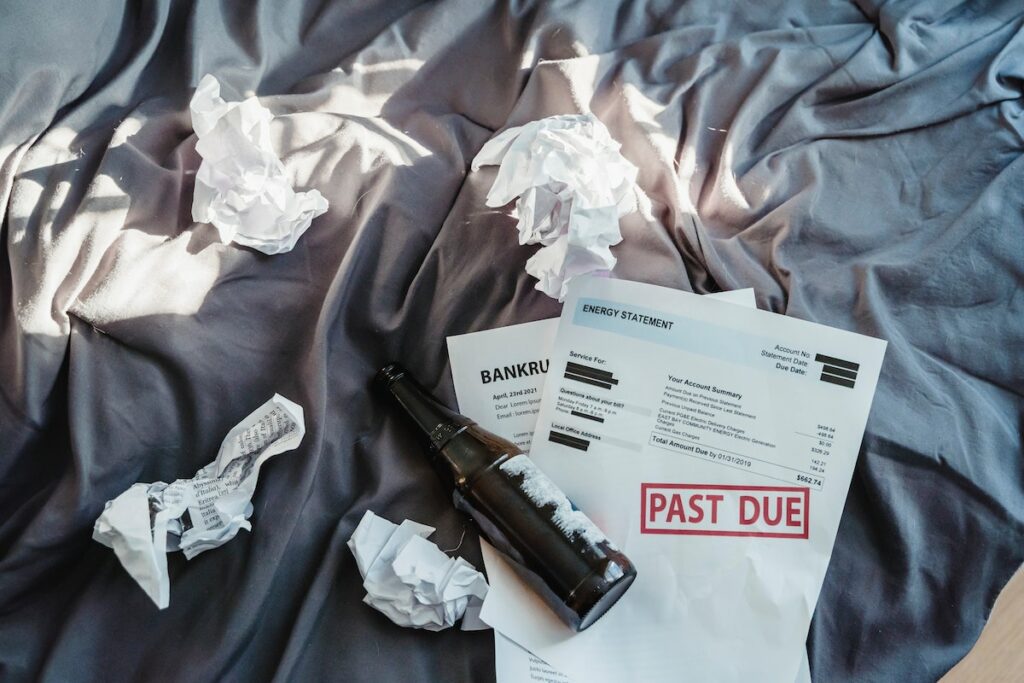

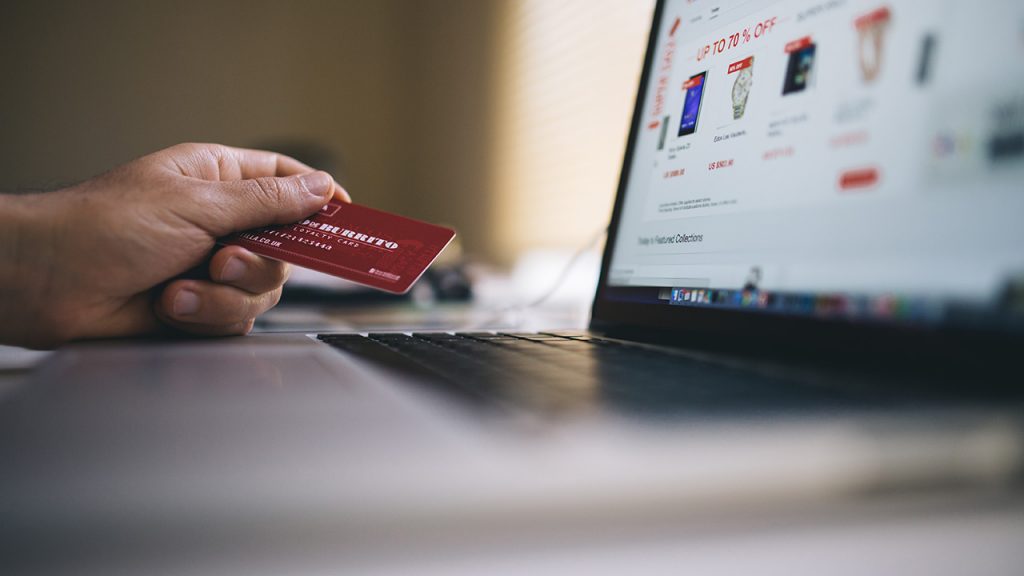


About The Author: Clément Deffrenne
Clément is passionate about finance. He is responsible for communication at Hardbacon, and will entertain you with his articles about a wide variety of topics.
More posts by Clément Deffrenne